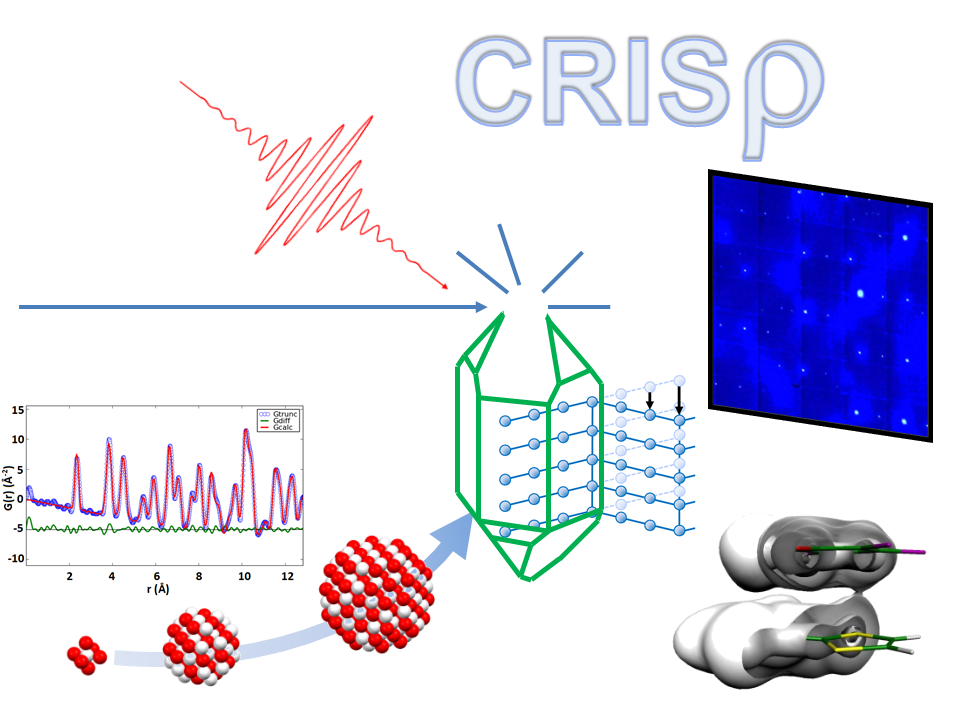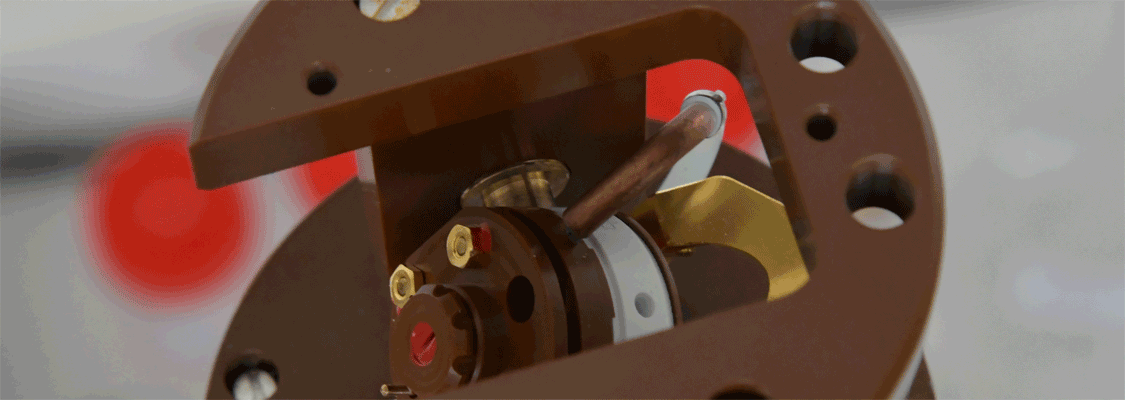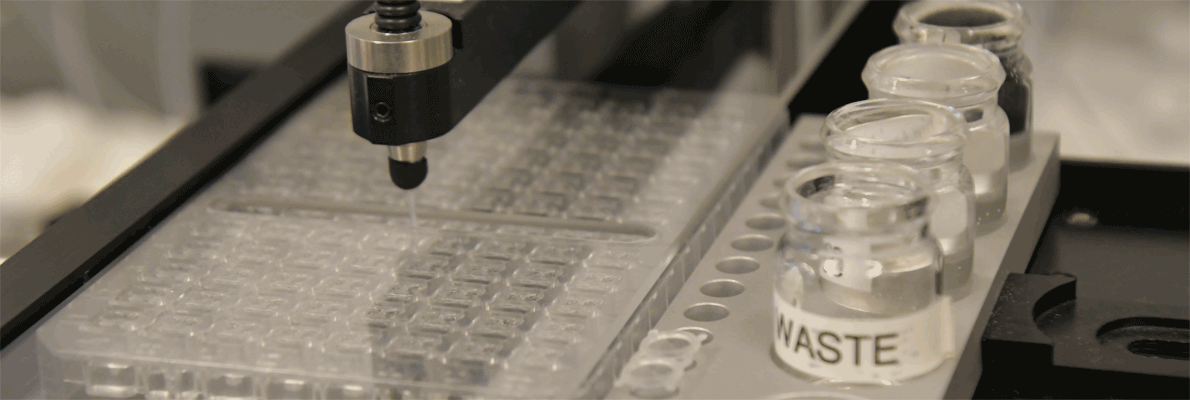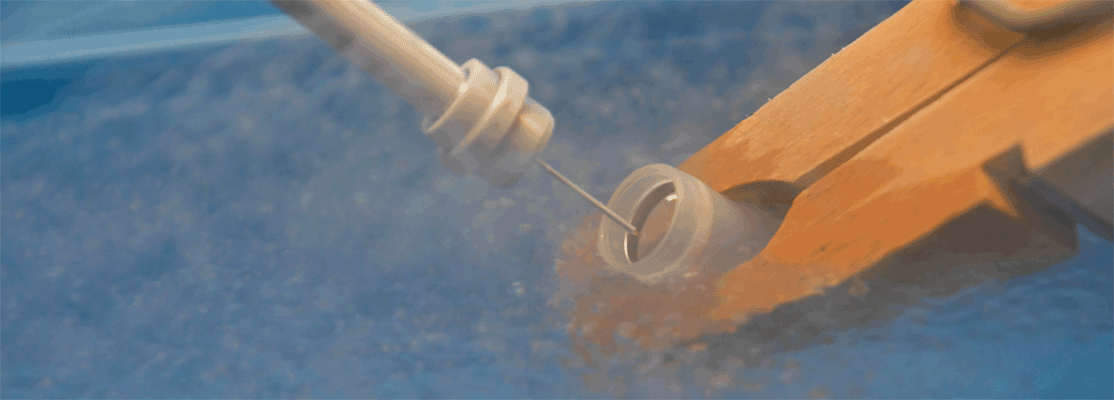Crystallography and Structure-Property Relationships
The CRISP team is interested in understanding the fundamental mechanisms that link structural organization and its dynamics to the physical or chemical properties of materials. We contribute to the development of advanced crystallographic methods for the study of complex structures (macles, modular structures, disordered structures) and structural organization at the nanoscale (nanocrystallography), as well as for the determination and precise analysis of the electron density in crystalline solids (electron density topology, joint refinement). The team develops an instrumental platform (equipped with a hybrid pixel detector) for crystallographic studies under constraints (diffraction under electric field, photocrystallography, diffraction under pressure) and for time-resolved crystallography. The research topics find applications in the field of functional molecular materials, switchable materials, minerals, as well as for systems of biological interest.

Head of
- PILLET Sébastien, Research fellow
Members
- BENDEIF El-Eulmi, Associate professor (currently on secondment)
- CLAISER Nicolas, Associate professor
- CLAUSSE Rémi, Research engineer
- DEUTSCH Maxime, Associate professor
- DOUDOUH Abdelatif, Engineer assistant
- DURAND Pierrick, Research engineer (X-ray diffraction facility)
- GARCIA BEAMUD Aser Javier, PhD Student
- GHERIES Dorsaf, PhD Student
- LECOMTE Claude, Emeritus professor
- MATHIEU Samuel, PhD Student
- MIKHAILOV Artem, Postdoc
- NESPOLO Massimo, University professor
- NGUEMA OBIANG Leon Djefry d’Amour, PhD Student
- SCHANIEL Dominik, University professor
- SOUHASSOU Mohamed, University professor
- TAILLEUR Elodie, Associate professor
- THIAM El-Waleda, PhD Student
- WENGER Emmanuel, Engineer (X-ray diffraction facility)
Methodology and instrumental developments in crystallography, nanocrystallography and crystallography under constraints
The determination of structure-property relationships requires the development of new methods and original and novel instruments for advanced crystallographic studies at all spatial and temporal scales.
Mathematical Crystallography
Mathematical crystallography applies algebra to the description and rationalization of the atomic arrangement in a crystal structure, which is responsible for the structure-properties relationships of condensed matter.
For more information…
Nanocrystallography
We determine and study the structures of molecular nanomaterials or functional nanocomposites by total X-ray scattering and PDF-pair distribution function modeling.
For more information…
Methodological developments in charge and spin densities
We develop methods and associated software (MOLLYNX) allowing the joint determination of the electron density distribution and the spin density of magnetic materials.
For more information…
Structure and dynamics by crystallography under constraints
We are developing a multi-stress crystallographic platform (pressure, laser, electric field, very low temperature) allowing both structural studies and the monitoring of changes in the physical properties of functional materials subjected to an external perturbation.
Structure and dynamics of functional materials and nanomaterials in the field of energy and health
The complementarity of our methodological and experimental approaches allows us to study precisely the behavior of materials with remarkable physical or chemical properties, such as magnetic, optical, electronic, caloric, structural properties, and to understand the fundamental mechanisms involved.
Functional materials and materials for energy
Study of the correlations between crystal structure, structural dynamics, and magnetic, optical, ferroelectric, or multiferroic properties of inorganic, molecular and hybrid crystals.
For more information…
Functional nanomaterials
Study of nanocomposites made of photocommutable molecules confined in porous crystalline matrices of MOF type or in organized mesoporous thin films.
For more information…
Materials for health
Understanding the mechanisms involved in bioactive glasses, effect of confinement on the structural organization of physiological fluids.
For more information…

















